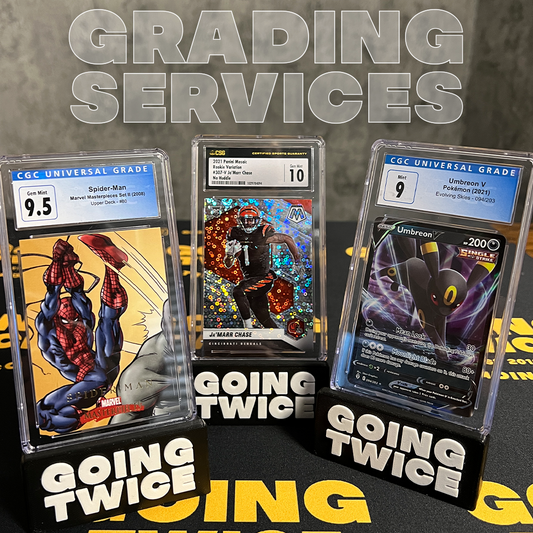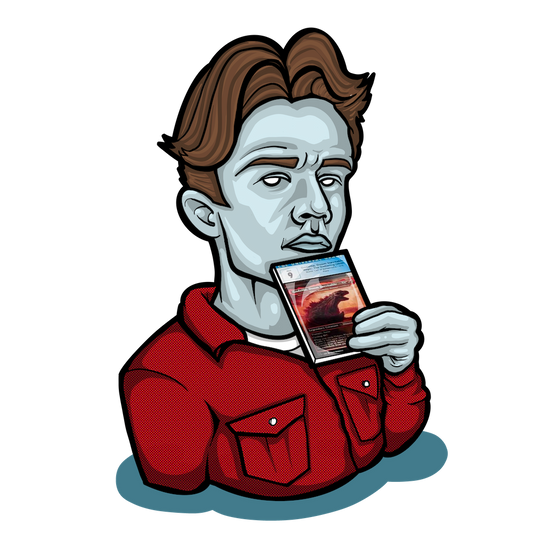A Simple Start
If you were to look at the last 75 years and pick one company that has defined the card collecting industry there would be only one choice: Topps. While the 1980’s saw a rise in competition and Fleer, Upper Deck, and Donruss certainly have large shares of the sport card market today, Topps remained a stalwart force in the industry and has extended their reach far outside of the world of athletes. But some may be surprised to discover that cards were never the focus originally. Topps was founded in 1938 in Brooklyn by the four sons of Morris Shorin in an attempt to save their fathers failing tobacco distribution business. “Topps” was chosen as a name because the young men wanted to make the best chewing gum available, single tabs that were sold for a penny a piece. This simple, cheap gum became popular across the United States, and lucky that it did because as World War II raged on, the availability of sugar became heavily rationed, and it was only through purchasing other candy companies and using their allotment that Topps gum was able to continue to be produced. Many of its competitors were forced to shut their doors during the war, which left Topps in a fantastic position once life returned to somewhat normal after the war was over. Their now famous “Bazooka Bubble Gum” was introduced in 1947 (Bazooka Joe and his comics wouldn't be added in until 1953) and, drawing inspiration from the old promotional baseball cards in tobacco products before World War 1, Topps hoped to do the same with their bubble gum. Licensing the players and team logos took some time however, and the first Topps baseball cards wouldn't be released until 1951.

Topps Cards: From Hollywood to the diamond
Topps didn't wait for their licensing agreements to launch their first promotional cards in 1949, “Magic Cards” which would appear as blank photographs until moistened and exposed to light when an image would suddenly appear. Of the 252 people featured on these cards, only 19 were baseball players. From its beginning Topps has had its finger on the cultural pulse outside of sports, which has made them so prolific in their outreach to customers of all stripes. In 1950 Hopalong Cassidy would star as the sole member of Topps first cultural card set, to be followed in later years by Elvis Presley, the Beatles, a slew of western TV shows (Gunsmoke being the most popular) and other cultural icons of the day. Some of these cards hold significant value today, and were some of the first attempts to let culture and customers interact via tradable card sets. While baseball, and eventually football, hockey, and, to a lesser extent, basketball, would come to define Topps cards as their most well known products, these cultural card sets were a staple early on in Topps card creation and continued all the way until Pokemon in 1999, and continuing the collaboration through 2004. Most notably, the Cabbage Patch Kid spoof “Garbage Pail Kids” collectable cards still have their own niche of die hard collectors willing to shell out for some of the rarer chase cards.

The Big Leagues
The very first Topps baseball cards were finally released in 1951 in two 52 card sets, known as “red backs” and “blue backs”. Unlike future years, this first set actually was a playable game, with cards having batting designations such as “single” or “home run” and the cards came with instructions for how to play. To play however, one had to complete one of the two 52 card sets, encouraging trading and plenty of purchases to achieve that goal. Through the mid 1950’s Topps battled it out with their largest competitor, Bowman Gum, for contracts for cards, and eventually ended up simply buying Bowman in 1956. This would lead to complete dominance over the sport card market until 1980, when Fleer sued on the ground that Topps exclusivity contracts made competition impossible. However by the 1980’s the market around cards had moved beyond simply collecting for fun and cards, particularly rookie cards, had begun to be seen as serious investment pieces, often outperforming bonds and the S&P 500. This meant that even with the increased competition in the card market, Topps still had plenty of demand, and even though it had ceased making its basketball cards due to poor sales, football and baseball still were an easy sell.

End of an Era
Topps was purchased by Fanatics, and once their contract with the MLB expires in 2025, Fanatics will have sole control of the baseball card market. Topps relationship with the MLB, in place since 1952, will finally come to an end. Wherever the card industry goes however, Topps has its place forever cemented in the history of collectable cards. As a Millennial child growing up around Pokemon, I distinctly remember the first wave of Topps Pokemon cards and stickers popping up at the local card shop, Walmart, and pretty much anywhere that had the shelf space to stock them. My dad still has binders full of Topps baseball and football cards that despite my mom’s best efforts have evaded the garbage can for over 40 years. While Topps sports cards may be disappearing, what they have already produced will continue to be chased for generations to come as future collectors try to own pieces of sports and cultural history.




